A ferry-tale guide for a smooth crossing
Planning a ferry trip from Dover to Calais? This guide covers everything you need to know about the crossing, from booking your tickets to what you can expect on board. Here you'll find all the essential tips for a smooth and enjoyable journey across the Channel.
I remember the day we crossed the Channel with our trusty van, Alma. It was my first experience taking a vehicle onto a ferry and crossing a border, especially in the ever-evolving post-Brexit world.
In the weeks leading up to the ferry crossing, I scoured the internet for advice on how the whole process worked. Unfortunately, I found little solid information and spent far too long piecing together scraps from chat forums.
To save you the hassle of navigating through the vast amount of unhelpful content, I’ve put together this comprehensive 'how to' guide on the UK-France ferry crossing with a vehicle, packed with top tips and insights!
Why Take the Ferry?
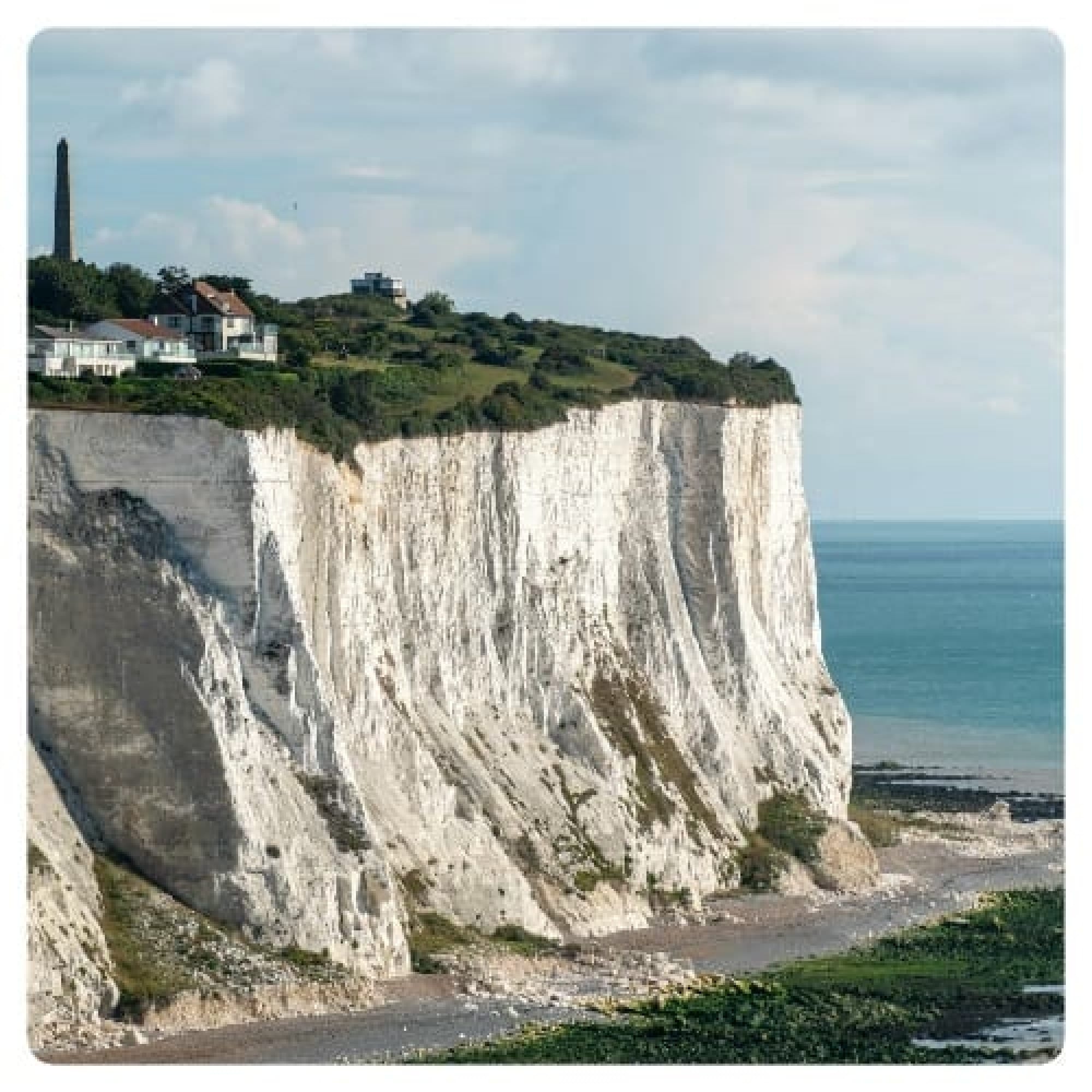
The reasons for recommending the ferry (if you're with a vehicle) are cost, flexibility and experience. Although it takes about an hour longer than the Eurotunnel, we found that the ferry prices are approximately half of those for the shuttle service.
- Cost: Generally less expensive than the Eurotunnel
- Flexibility: Some ferry operators allow you to board the ferry scheduled before or after your booked time. This means if you arrive early, you could catch an earlier ferry, or if you’re running late, you can still board the next one without the stress of losing your ticket completely. Check the conditions with the operators before you book.
- Experience: Crossing the open sea on a ferry offers a unique experience, especially as you take in the stunning views of the White Cliffs of Dover (weather permitting)! The crossing offers a relaxing break and a chance to grab a bite to eat and freshen up, perfect if you're driving long-distance.

Booking
Booking can be done directly with the ferry operators, P&O, DFDS or Irish Ferries.
You can also use a third-party ticketing service such as Direct Ferries which finds the options and pricing for all operators for your selected dates. This is a good way to find the cheapest deal, but note that the prices to book with Direct Ferries are often slightly higher to cover their commission fee.
I use Direct Ferries to find the best deal and then book directly with the operator.
Pre-Arrival

Be sure to complete your pre-arrival registration before you head to the port. You'll need your passport details, and be careful as this form cannot be modified once submitted.
Where to Stay in Calais
If you're on the Calais-Dover journey and need accommodation the night before, or are disembarking into Calais late and need a place to stay, the budget Ibis Calais Car Ferry hotel is a solid option. While not the most luxurious, it's conveniently located just a five-minute drive from the port and has a large fenced parking lot with plenty of space for cars, camper vans or motorhomes.
Arriving at the Port
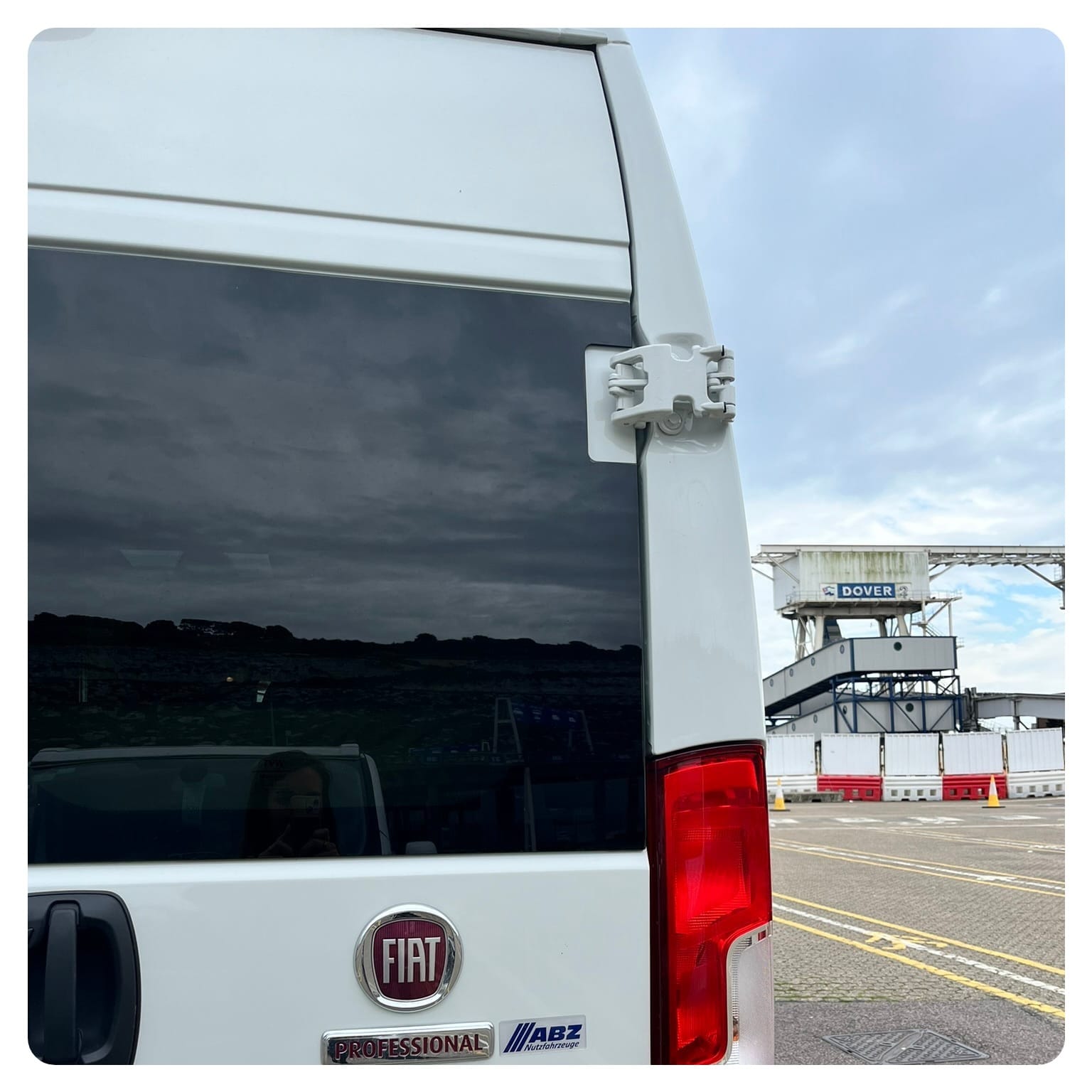
Check-in
For timing your arrival for embarking, ensure you allocate enough time for the check-in process. Operators will specify when check-in closes (typically 60 minutes prior). However, during busier summer months, this can be extended up to 120 minutes.
Follow the lanes for the ferry operator you're booked with until you get to the check-in booth. You don't need to get out of your vehicle, just hand your booking confirmation to the assistant.
You'll then receive a ticket and a numbered lane assignment for the ferry.
Passport Control
You'll now need to navigate yourself through the Passport Control lanes. Expect two rounds of passport checks: one for France and one for the UK.
For a France to UK crossing, you first present your documents at the French border control, which usually moves quickly. UK border control, however, tends to be more meticulous, probing into the purpose of your visit and verifying your eligibility to enter the UK. The same is in reverse when taking the UK-France crossing.
You may be subject to a random vehicle check. I experienced this on my Dover-Dunkirk journey and it's nothing to worry about. The officer will just ask to see the inside of your vehicle.
Boarding the Ferry
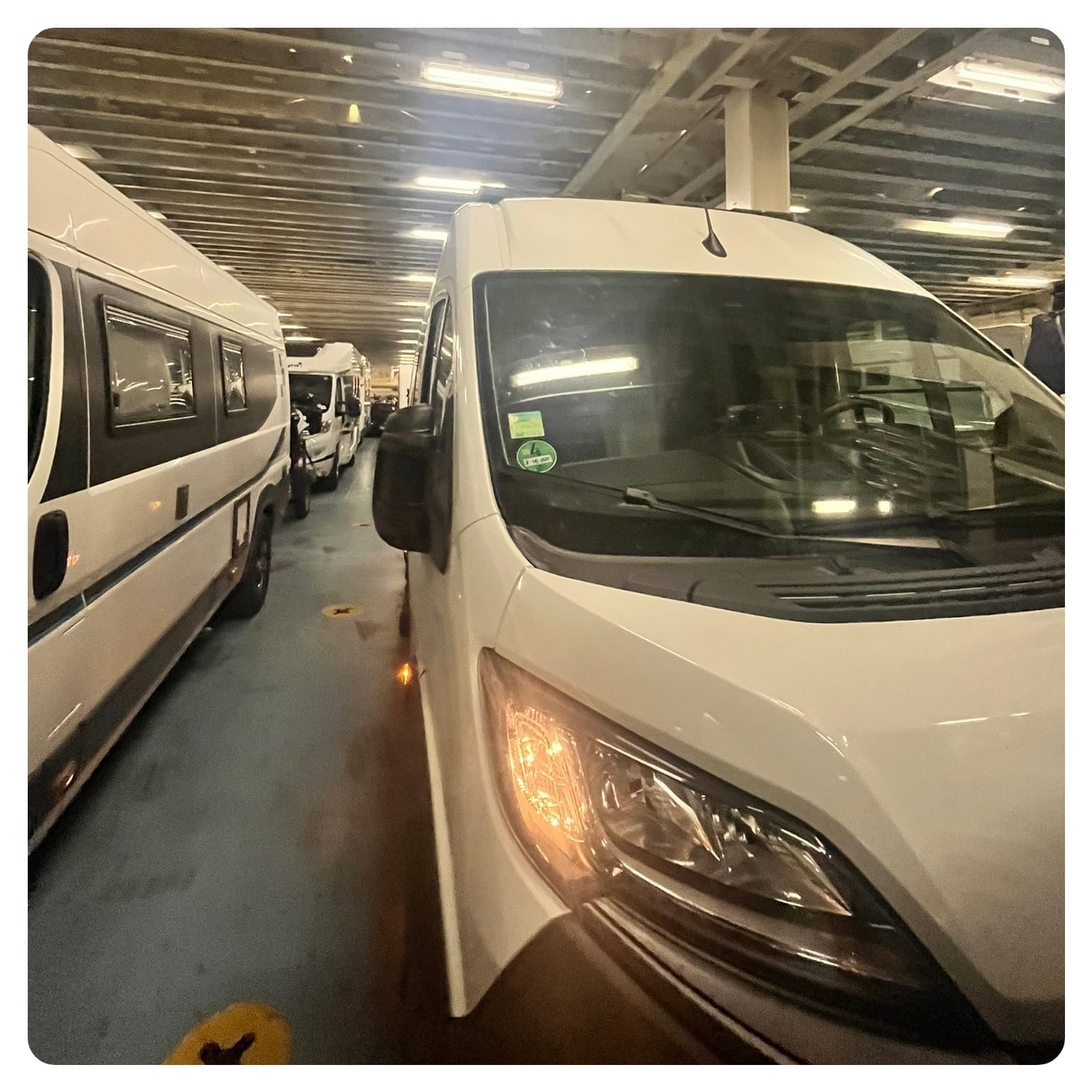
Once cleared of passport control, follow your assigned lane toward the ferry, driving slowly through a security scanner before you finally queue for boarding. An attendant will check your tickets - they come to you, you don't need to get out of your vehicle.
When it's time to board, watch out for the attendants who will direct you onto the ferry and where to park. They like to squeeze you in nose to tail!
Once on board, grab what you need for the short trip across, secure your vehicle and then exit the garage from the nearest stairwell. The garages are locked during the sailing, so you won't be able to return to your vehicle until arriving into the destination port.
Enjoy the crossing!

All operators use large well-equipped ferries that include amenities like toilets, duty-free shopping, bars, restaurants, cafes and outdoor seating. The crossing is approximately 20 nautical miles and the time goes fast! And don’t worry about seasickness; in my experience and generally, the crossing tends to be calm.
Keep in mind there is a time difference: France is one hour ahead of the UK, which can be perplexing when you travel such a short distance!
Disembarking
As you approach the port, listen out for the passenger announcements that will ask you to be ready to return to your vehicle.
Make your way to the garage as soon as you can! From experience, the attendants are quick to disembark vehicles as soon as the ferry has reached port.
Customs
After disembarking, you'll approach customs. Most of the time, you'll pass through without issues, but occasionally you may be asked to pull over for a vehicle inspection. Of course, if you have anything to declare make sure that you do!
If you're bringing a non-UK vehicle into the UK, be aware of the six-month maximum rule for driving a foreign vehicle within UK borders. You won't need to declare the vehicle or fill out any paperwork if you don't exceed the 6-month limit.
Driving on the opposite side of the road
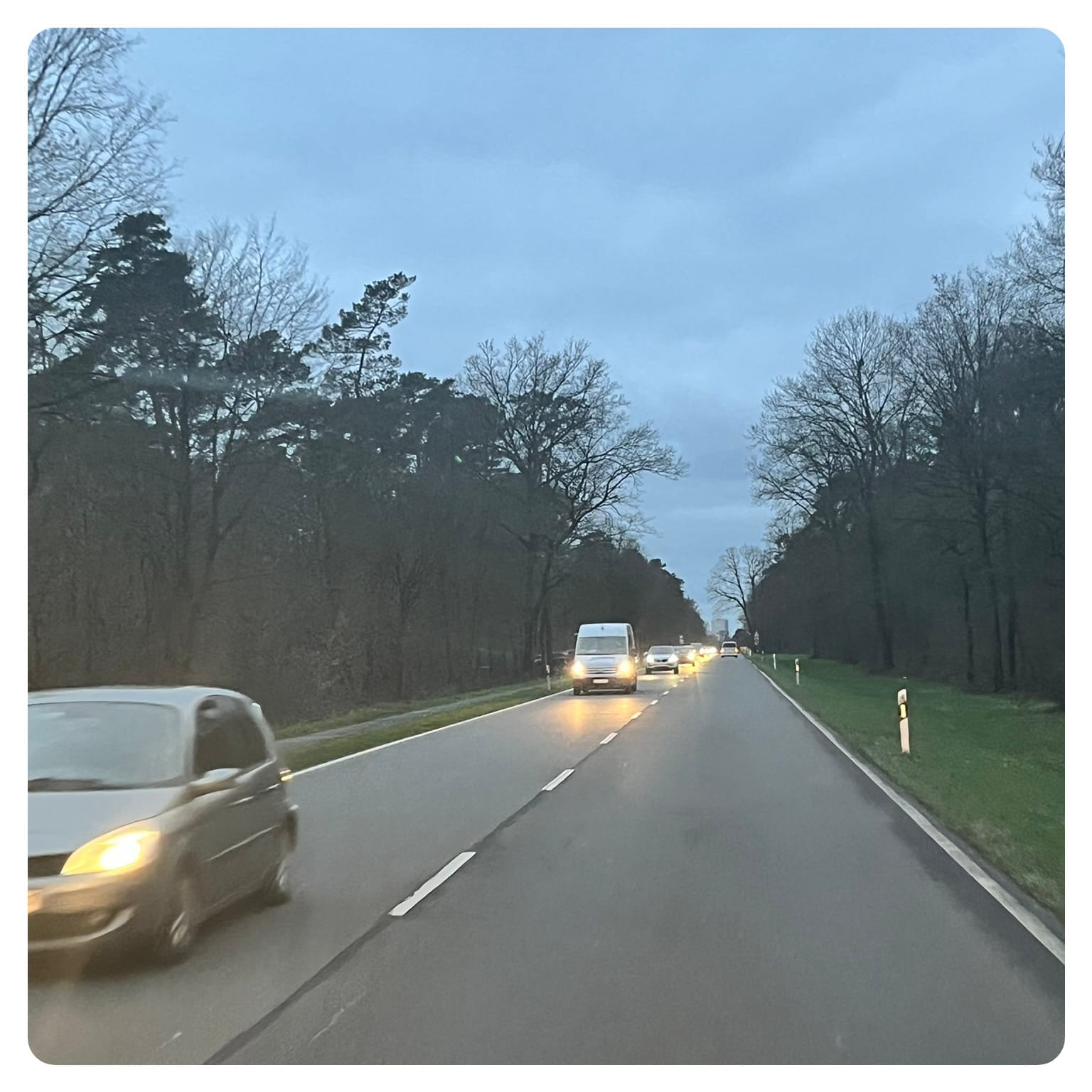
France and the UK drive on opposite sides of the road - this can be a little confusing at first for those of you not experienced in driving on the other side of the road!
Some things to remember...
Visibility can be tricky
Particularly when it comes to overtaking and navigating junctions and roundabouts. If driving a left-hand vehicle in the UK, you’ll need to lean over to look through the passenger side window to see oncoming traffic and vice versa when driving a right-hand drive in Europe. While some junctions provide wide and clear views, others may not, requiring extra caution.
Adjust your speedometer
UK speeds are set in miles per hour (MPH) and France/Europe in kilometres per hour (KMH). Newer vehicles with digital displays will allow you to switch between the two using the control panel. Do this before disembarking the ferry! If not, write out a manual conversion and pin it to your dashboard - while experienced drivers might convert speeds in their heads, it's one less thing to think about while driving.
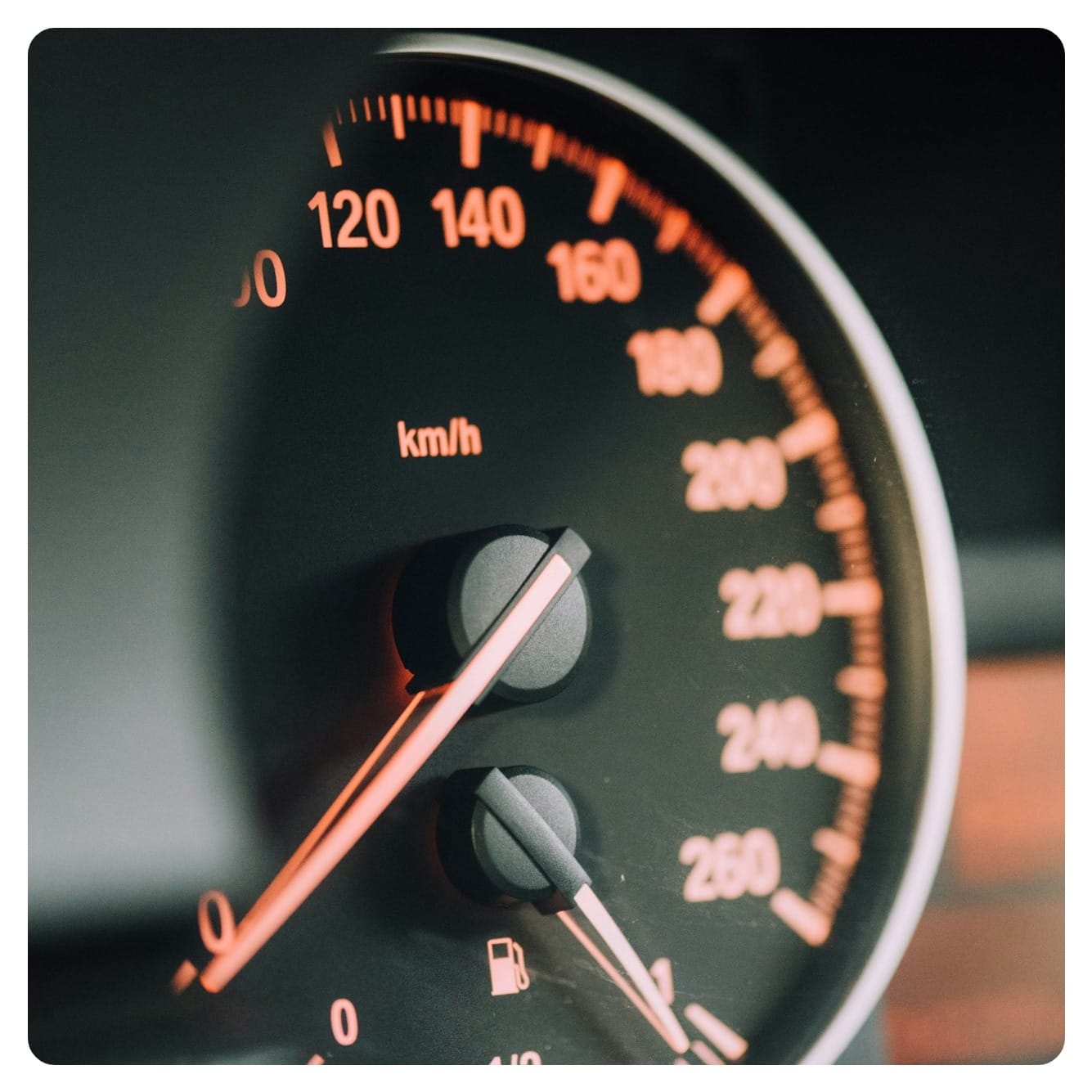
Speed limits
Be aware that UK speed limits can change frequently. Just because a road appears to be a 70mph motorway doesn’t mean it will remain that way. The speed limit can drop to 40 or 50mph in certain sections, so vigilance is essential. Although the maximum speed limit on UK motorways is 70mph (approximately 113 kph), many drivers tend to cruise at 55-60mph, so don’t be surprised if you're caught behind a few slower drivers!
Vehicle adjustments
For UK vehicles entering France, you'll need to use headlight beam reflectors and also carry a breakdown kit, such as this one on Amazon. This is mandatory for driving in Europe. The good news is, if you're unprepared you can usually buy these on the ferry.
To wrap it up...
Crossing the 'English' Channel with your vehicle can be a smooth and enjoyable experience if you're prepared!
From booking your ferry and navigating passport control to adjusting to driving on the left, understanding the entire process can help alleviate anxiety and enhance your journey.
Armed with this guide, you'll be better prepared to embark on your own adventure across the Channel!
Thanks for reading! Leave a comment below with any feedback, questions or your own recommendations, I'd love to hear from you 😄


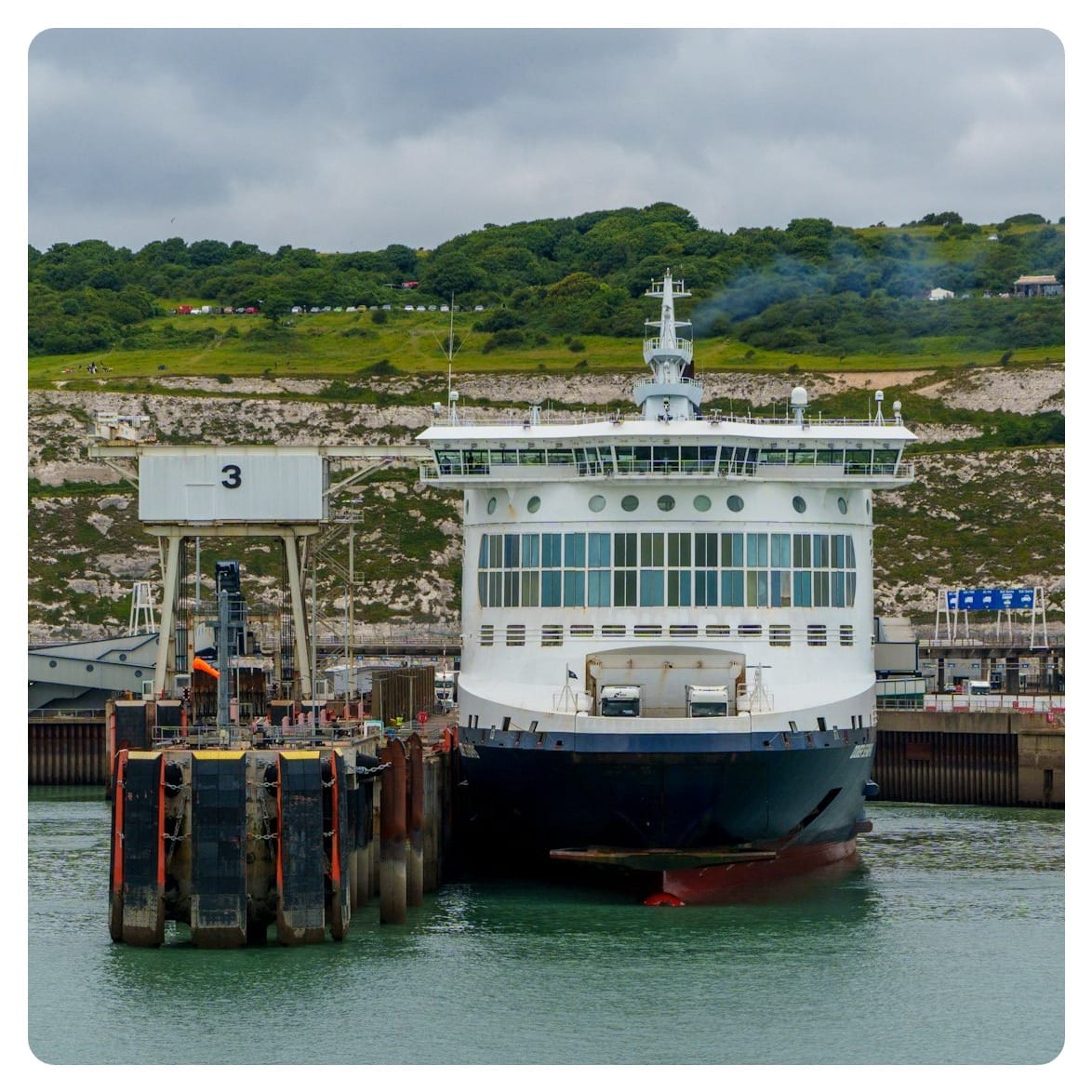
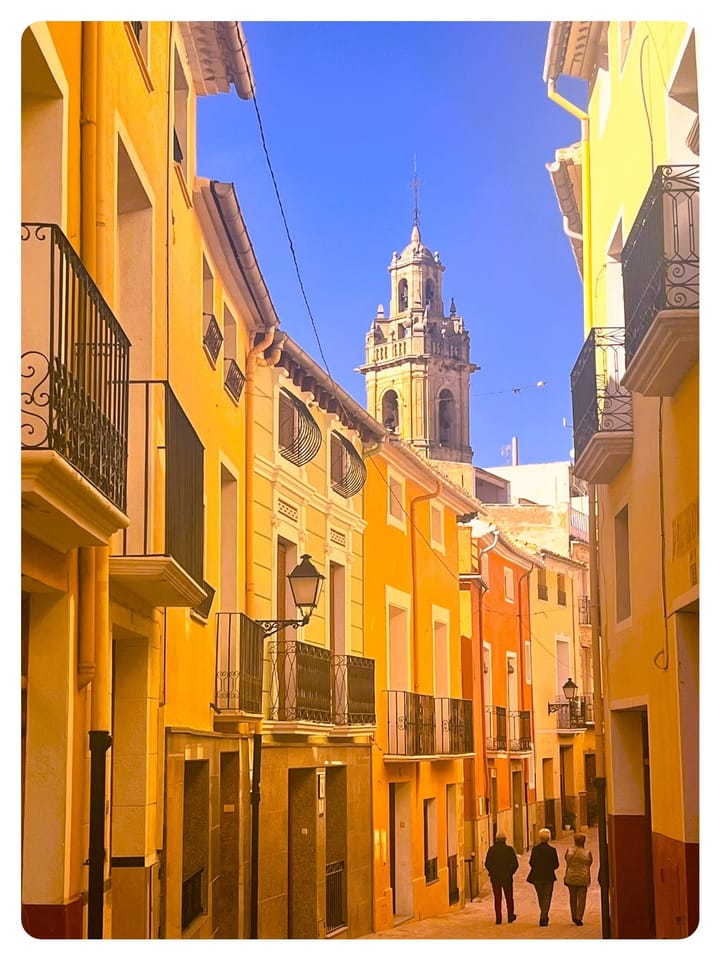
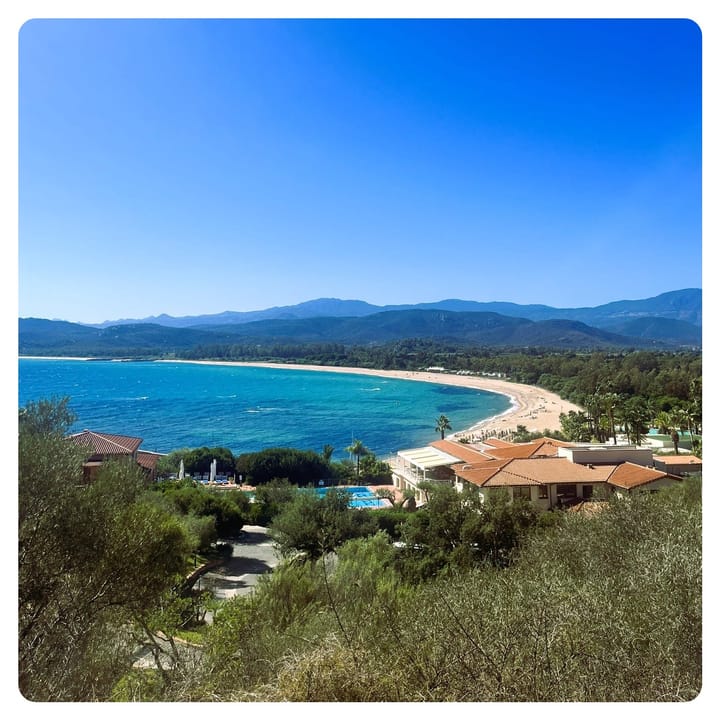

Comments ()